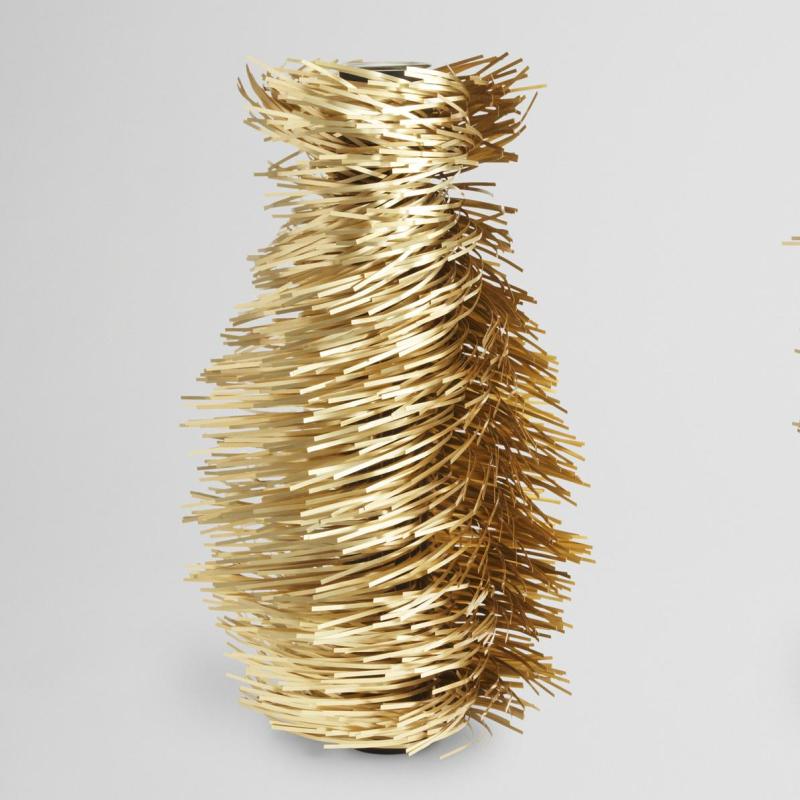FORM, FUNCTION, FEELING
21-08-2024Our interaction with the environment is in constant dialogue, woven with sensory cues that encompass texture, sound, smell, taste, colour, geometry, and space, both natural and manmade. Every element within our physical surroundings emanates sensory data, engaging our senses in a symphony of perception. Take, for instance, the simple act of boiling an egg: the sight of water poured into a saucepan, the sound of the stove igniting, the anticipation of boiling water, the aroma wafting through the air, the sensation of the eggshell under fingertips, and finally, the taste upon consumption. Designed objects, throughout this process, serve as conduits of sensory stimulation, eliciting our responses.
Throughout history, human civilisation has shaped its environment through design, influencing our actions, emotions, and behaviours. A car facilitates transportation, a chair offers respite, and a child’s toy brings joy. Yet, the objects that populate our spaces are influenced by a myriad of factors; culture, values, abilities, preferences, and resources, resulting in environments that may not always align with everyone’s needs and desires.
GMS believes that design transcends form and function; it also evokes feelings and emotions, often revealed only after objects have integrated into our environments. In the field of design, GMS recognises the significance of sensory qualities of surface, sculpture, and architecture that can shape our interaction, perception, and emotional response to them. Embracing a multi-sensory approach, GMS’s design palate consists of natural light, textures, materials, patterns, colours, and acoustic design to craft environments that fulfil both functional and emotional needs. Their ambition lies in considering the entire spectrum of human senses during the design process, with the aim to “design for experience not just appearance.”
